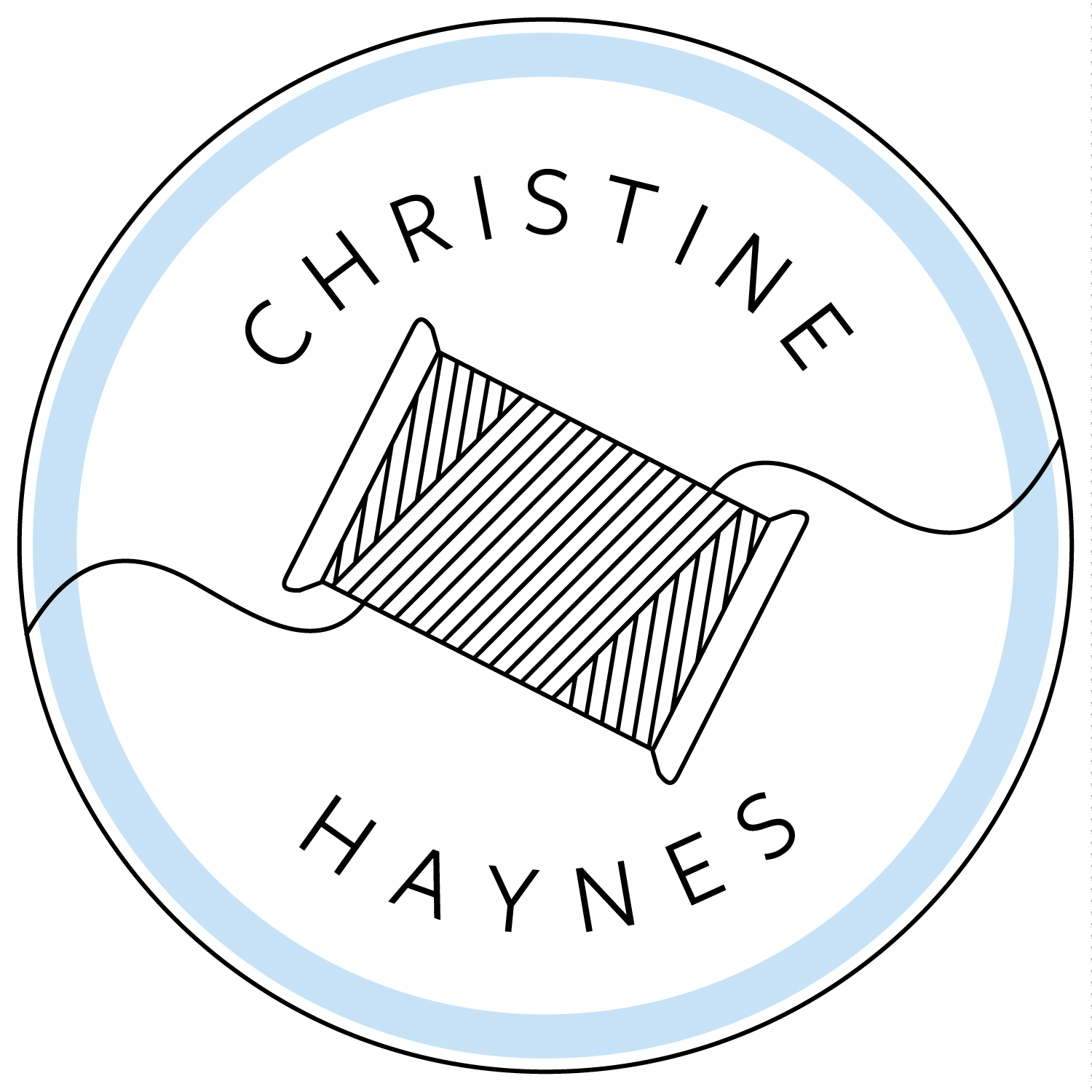Emery Dress Sewalong: Cutting, Marking, Notching, & Staystitching
In today’s Emery Dress Sewalong post, we finally get busy on our final fabric! But before you go cutting anything, please be sure to feel 100% confident about your Emery Dress pattern adjustments and muslin fitting, otherwise it can be tragic to ruin perfectly wonderful fabric as you forge ahead without doing your homework! Once you are all ready to go, we can get to work on the finished dress, which is the fun part!
Want to join in? It’s not too late! Grab the pattern and join us! If you get the digital copy, you can be printing it out and caught up quickly!
PREPARATION
Before we do any sewing, let's make sure we have all our prep in order. Here are some handy reminders of those little things that we need to do first:
Press your fabric - be sure to only iron with the grain of the fabric and not with the bias. You don't want to stretch and warp the threads of the fabric, so simply work back and forth with the length of grain, which is the most stable part of the fabric.
Get a new machine needle - choose a nice brand new needle for the fabric type and weight you are going to sew with. I am using a Schmetz Microtex 80/12.
Load your bobbin and thread your machine - I'm working with Gutermann 100% polyester thread and my trusty Bernina 930.
Round up your tools - for these steps you will want the following items:
Pins and pin cushion
Fabric scissors
Pattern (cut out or traced off and altered as desired)
Water soluble marking tool for marking darts
Clear ruler
Iron
Ironing board
Pressing ham
CUTTING
Cutting the Fabric
Using your pattern pieces and following the layout in the instructions, pin and cut out your bodice front and bodice back, as well as your lining front and lining back. Remember that the new Emery Dress layout does not account for directional fabric, so if you have a print with a direction, be sure to put all the pieces in the same direction in accordance with your print so it flows down the fabric as desired.
Cutting Lining and Interfacing
If you are using self-lining, you will simply cut out the bodice lining pieces along with your main fabric. If you are choosing to use a different lining fabric, cut out those and follow the directions as written.
Interfacing is only required if you are choosing to add the bow on the front of your dress. If so, cut piece 9 out of interfacing. I prefer Pellon SF101 for all my medium weight garment projects.
MARKING
Marking Notches
Before unpinning your pieces, use the tips of your scissors to mark all the notches on the bodice and lining front and back pieces.
In addition to notches, I always like to notch at center points when I know they will be used for lining up to other pieces. For example, on the Emery Dress bodice front, I know I will want to use the center front along the neckline and the center front along the waist to line up to the bodice lining and the skirt front, so I make a snip there as well.
Lastly, I also snip at the legs of the darts as well. This is obviously entirely optional, but I find it’s helpful when sewing to line up the edges when they’re notched.
Marking Darts
To mark your darts, insert a pin into the apex of each dart, through the pattern and the fabric.
Carefully peel the pattern paper back and mark the fabric where the pin intersects. Be sure you are doing this on the wrong side of the fabric, and that you are using a water soluble marking tool. If it doesn’t say it is water soluble, it likely isn’t! So check it on a scrap first before making marks on your bodice.
Using a ruler, draw a line from the apex of the dart to the end of the dart legs, as marked earlier.
Repeat all these marking steps on all 16 darts on the bodice and lining.
You should now have a set like those pictured above: one bodice front and two bodice back pieces for your outer fabric, and a matching set for the lining.
STAYSTITCHING
Staystitching is an important step and not one to skip, though it is tempting. The stitches you sew in this step hold the threads of the neckline in place, keeping them from stretching and warping while you handle the dress during sewing. It is still a good idea not to be too rough with the garment and limit the amount of times you try it on during the sewing process. The curve wants to stretch! But do your best to keep it from happening.
On the bodice and lining front pieces, stitch your staystitching in two steps. First, stitch from the shoulder to the center front and stop. Take the piece out of the machine and flip it. Repeat by stitching from the opposite shoulder to the center front, meeting up with your first line of stitching. This ensures that the neckline curve was sewn in the same direction on each side. Sew the staystitching at a 3/8” seam allowance using a regular stitch length.
When you stop at the center point and pull the fabric out of the machine, be careful not to grab and pull from the fabric, as this will stretch the neckline out. Rather, grab the threads as they come out of the machine, and pull on the threads instead.
On the back bodice and lining pieces, stitch from the shoulder to the center back, using a regular straight stitch on the 3/8" seam allowance.
That’s it for today! In the next post, we will sew all those darts and assemble our bodices. Yay!











